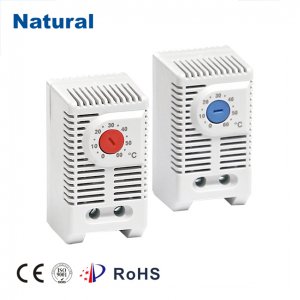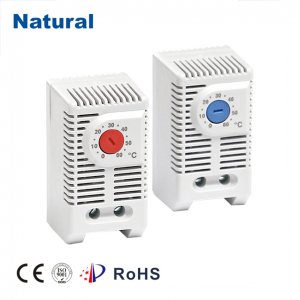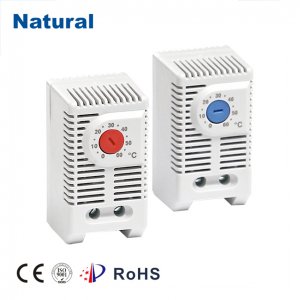A control panel thermostat is a crucial component in modern heating, ventilation, and air conditioning (HVAC) systems. It serves as the interface between the user and the HVAC system, enabling precise temperature regulation and comfort in various settings, from residential homes to commercial buildings. This article explores the functionalities, benefits, and types of control panel thermostats, providing insights into their significance in everyday life.

What is a Control Panel Thermostat?

A control panel thermostat is an electronic device that measures the ambient temperature of a space and compares it to a set temperature. If the current temperature deviates from the desired setting, the thermostat signals the HVAC system to either heat or cool the space accordingly. This process is essential for maintaining a comfortable environment, optimizing energy use, and prolonging the lifespan of HVAC equipment. How Control Panel Thermostats Work Control panel thermostats operate on a simple feedback loop system. When you set a desired temperature on the thermostat, it continuously monitors the room’s temperature. If the temperature drops below or rises above this set point, the thermostat activates the heating or cooling system to restore the temperature to the desired level. This functionality not only ensures comfort but also helps reduce energy consumption by preventing the HVAC system from running unnecessarily.
